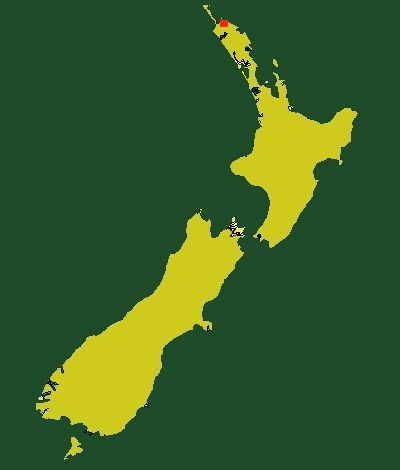Difference between revisions of "Butler's Point"
(→Identified Glass) |
|||
| Line 52: | Line 52: | ||
There were 1,577 pieces of window glass recovered from site N7/326. Areas one, three and four all contained quite a bit of window glass. This led Archaeologists to believe that there may have been at least one building there, possibly covering areas three and four because of the postholes that were also found there. The window glass found tended to be very thin much like the window glass used in [http://www.bbc.co.uk/homes/design/period_georgian.shtml Georgian style] buildings. | There were 1,577 pieces of window glass recovered from site N7/326. Areas one, three and four all contained quite a bit of window glass. This led Archaeologists to believe that there may have been at least one building there, possibly covering areas three and four because of the postholes that were also found there. The window glass found tended to be very thin much like the window glass used in [http://www.bbc.co.uk/homes/design/period_georgian.shtml Georgian style] buildings. | ||
====Identified Glass==== | ====Identified Glass==== | ||
| + | Most of the identified pieces of glass recovered were alcohol-related. Out of the 92 pieces found 54 were in some way related to alcohol. | ||
| + | |||
====Dating==== | ====Dating==== | ||
Revision as of 17:07, 21 February 2010
Butler Point: Colonial Store
Contents
Project Background
Captain William Butler
Captain Butler(1814-1875) married Eliza Merritt and moved to Mangonui permanently in February 1840. In 1845 Captain William Butler bought 20 acres of land in Butler Point and by 1848 was settled in and living on the premises. During his time in Mangonui, Captain Butler ran his store, was a Justice of the Peace and for a short period a member of Parliament. AFter resigning from Parliament he went back to working at the store and trading with chips that came in. Finally, on March 4th, 1875, due to an accident he had a year earlier that severely damaged his chest William Butler died at the age of 61.Proof of a Store
- In her book "The Butler House, Mangonui 1847-1990", Janice Mongford notes that there was a store on the foreshore during Butler's time.
- 1986 Site Report by Joan Maingay that site N7/326 was the possible location of this store
Historical Records
- A watercolor done by John Kinder in 1858
- Sketch of the foreshore by Henry Wynard
- An Advertisement for Butler's Store in "The Daily Southern Cross"
Location and Date
- Excavation N7/326
- Butler Point, Northland Region, New Zealand
- February 6-22, 1999
Excavators
Project Directors:
Archaeologists
Other contributers:
- Rod Wallace-Technical Director
- Geoffrey Irwin
- Tim Mackrell-Photographer
- Charles Lindo, Leticia Ferguson- Property Owners
Methodology
- Excavation 2-3 weeks
- Materials taken back to the university and analyzed--cleaning, sorting, restoring
- Artefacts Documented and reported on
- Artefacts dated and linked to historical context
Findings
Glass
Unidentified Glass
The majority of the glass found at the site fell into this category. Most of the unidentified glass found was in areas one and three. Area four also contained a large amount of unidentified glass. In total there wer 6,656 pieces of unidentified glass recovered from the site. The type of glass recovered tended to fall into the categories of green/brown, aqua, clear, window or other. The "green" category of glass is non-beer related alcohol containers. The later documentation showed that 51 percent of the glass found fell into this category.
Window Glass
There were 1,577 pieces of window glass recovered from site N7/326. Areas one, three and four all contained quite a bit of window glass. This led Archaeologists to believe that there may have been at least one building there, possibly covering areas three and four because of the postholes that were also found there. The window glass found tended to be very thin much like the window glass used in Georgian style buildings.
Identified Glass
Most of the identified pieces of glass recovered were alcohol-related. Out of the 92 pieces found 54 were in some way related to alcohol.
Dating
Clay Pipes
Pipe Manufacturers
Dating
Nails and Miscellaneous Iron
Iron Nails
Copper Nails
Distribution
Spikes
=Miscellaneous
Wood and Natural Materials
Wood
Gum
Charcoal
Slate
=Bricks
Animal Remains
Distribution
Age at Death
Butchery Evidence
Buttons
Location
Types
Dating
Miscellaneous
Conclusion
The large amount of green glass found at Butler's Point shows that alcohol played a large role in the area and there may have been a place selling alochol near the store.

